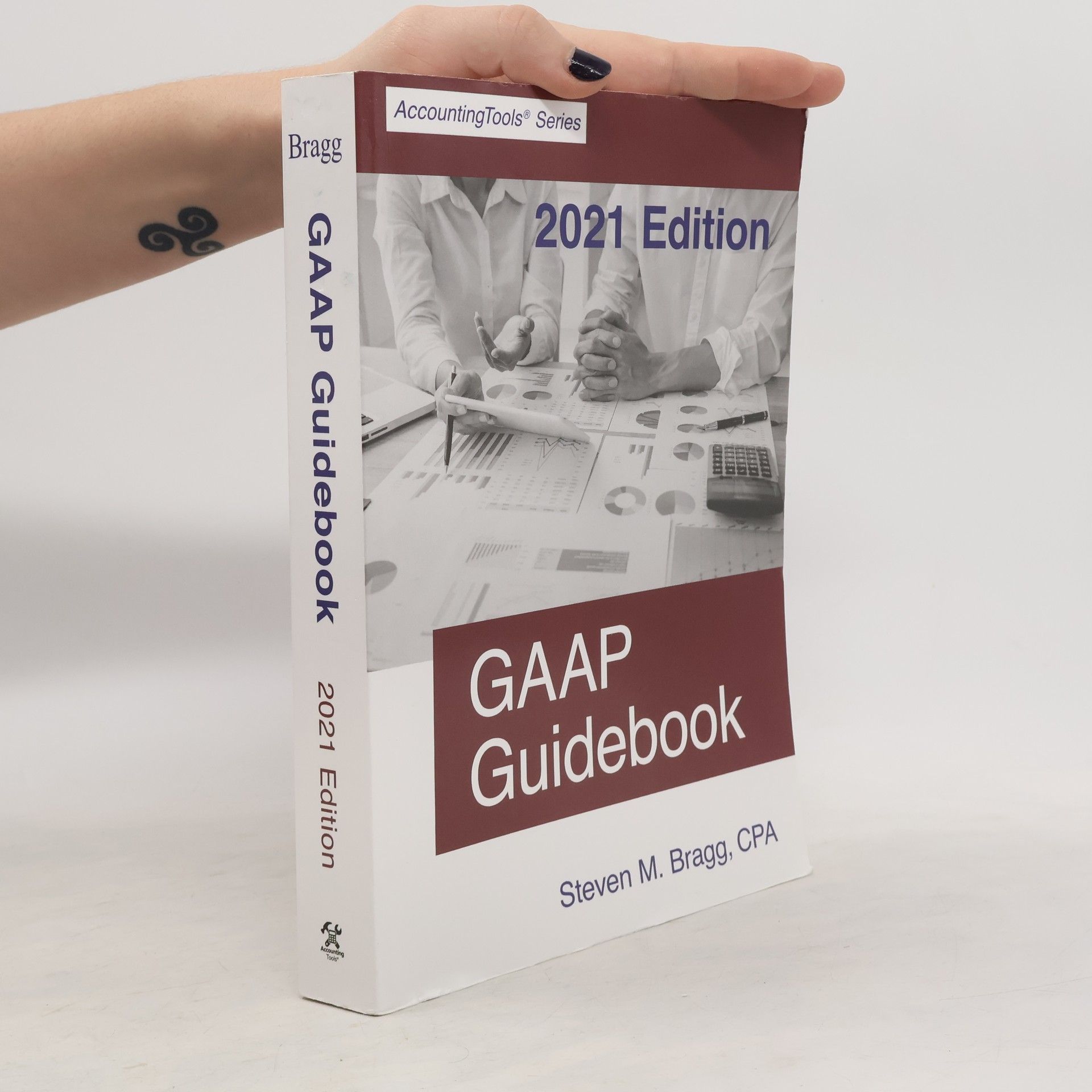The Investor Relations Guidebook: Fifth Edition
- 264 pages
- 10 hours of reading
A public company should communicate with the investment community, to clarify how it creates value and to set expectations for its performance. The Investor Relations Guidebook is a valuable resource for dealing with investors. It delves into the construction of a value proposition and how to communicate it to investors, as well as how to conduct an earnings call and provide guidance. It also covers the various types of SEC filings, how to organize an annual shareholder meeting, the mechanics of road shows, and the steps involved in an initial public offering. In short, the Investor Relations Guidebook is the go-to resource for anyone wanting to engage in investor relations.




